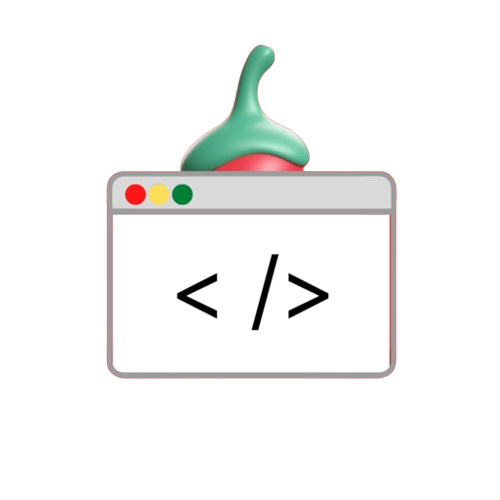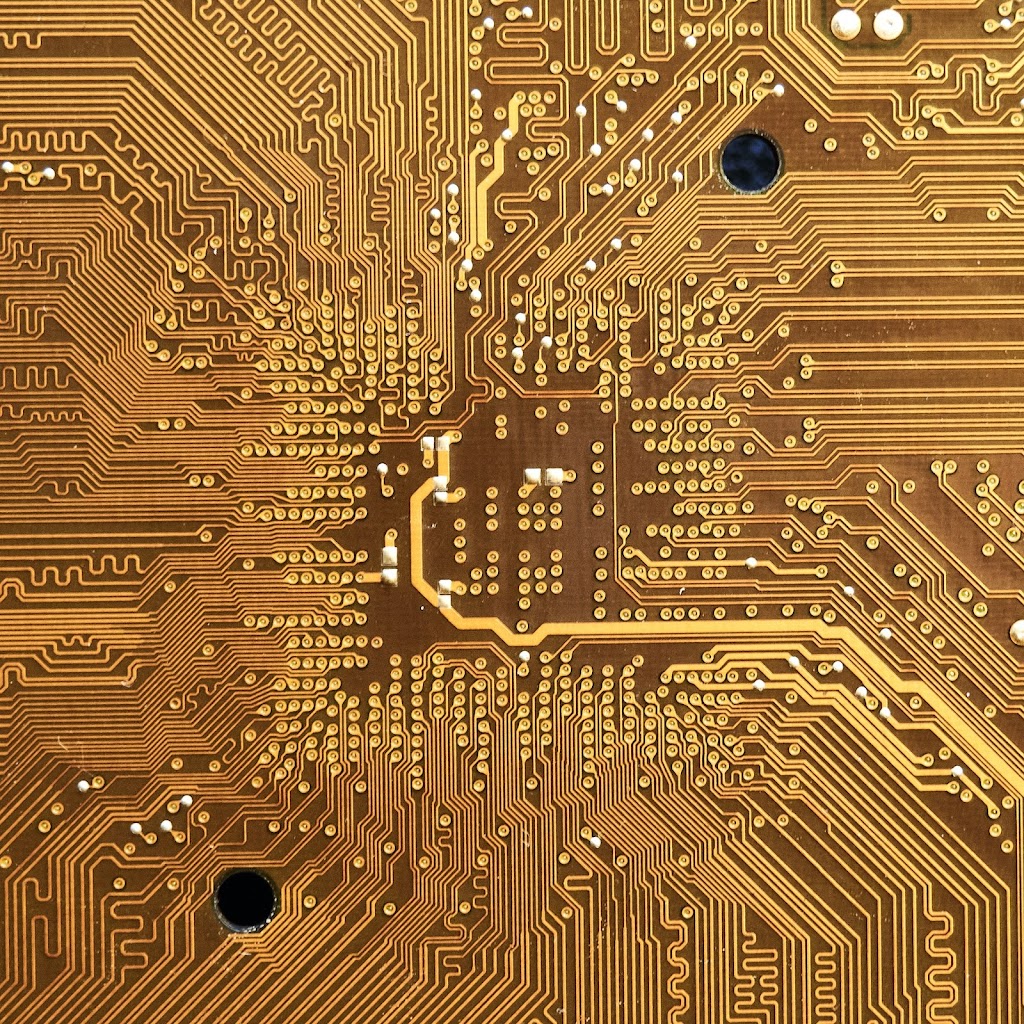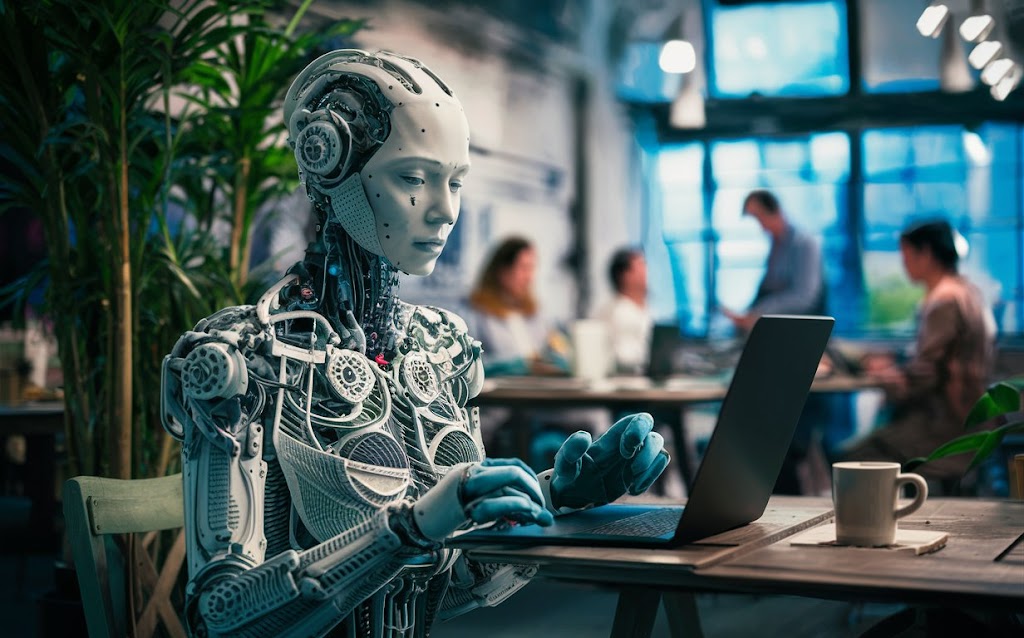Have you ever wondered where this epic story of coding began from? Buckle up, because we’re about to delve into a world where ones and zeros weave magic.
It all starts with a visionary named Ada Lovelace, often hailed as the world’s first programmer. She wasn’t just an enthusiast – she envisioned the potential for machines to execute algorithms, laying the groundwork for the entire coding revolution.
But coding’s journey is far grander than a single person’s story. Imagine clunky machines that could only handle basic math problems. Fast-forward to today, and we’re battling dragons and solving puzzles in immersive worlds like Grand Theft Auto or Resident Evil – all thanks to the power of code.
Here’s the thing: coding and technology are like two sides of the same coin. As programmers push boundaries with innovative code, technology leaps forward, creating even more amazing possibilities. It’s a continuous dance, a never-ending quest to unlock the true potential of the digital world.
Table Of Contents
Key Historical Figures and Milestones:
Ada Lovelace and the Analytical Engine:

Own work, CC BY-SA 4.0
One of the most significant figures in technology, Ada Lovelace. In June 1833 Lovelace’s tutor, Mary Somerville, introduced her to British mathematician, philosopher, and inventor Charles Babbage, now widely considered to have been the “father of the computer.” As the two mathematicians began to develop what would become a lifelong friendship, Lovelace became fascinated with Babbage’s groundbreaking work on his mechanical calculating device, he called the Analytical Engine. She used to work for Charles Babbage’s machine as an associate and her creation of the first algorithm intended for implementation making her the first ever person to ever write code and hence to be the first programmer.
The Birth of Programming Languages:
Before computers could understand our instructions,
we needed a way to communicate with them in a language they understood. Enter programming languages! The earliest efforts emerged in the mid-19th century.
Pioneering Efforts:
In 1842, Ada Lovelace devised a method for the Analytical Engine (a mechanical calculator) to perform calculations based on symbols. This is considered the first algorithm intended for a machine.
From Theory to Reality:
Fast-forward to the 1930s and 40s, with the development of the first electronic computers. These machines required complex instructions directly related to their internal hardware, making them difficult to program.
The Dawn of Accessibility:
The need for a more user-friendly way to interact with computers led to the creation of the first high-level programming languages. Plankalkül, developed by Konrad Zuse in the 1940s, is considered the first such language, although it wasn’t widely used. The 1950s saw the introduction of more influential languages like FORTRAN (Formula Translation) by John Backus, designed for scientific calculations, and COBOL (Common Business Oriented Language) by Grace Murray Hopper, used for business applications. These early languages laid the foundation for the vast array of programming languages we utilize today.
The Rise of Personal Computers and the Internet:

The arrival of personal computers (PCs) in the 1970s and 80s democratized coding.
Early machines like the TRS-80 came with BASIC, a beginner-friendly language, allowing more people to experiment and create. This era saw the birth of iconic software like VisiCalc (a precursor to spreadsheets) and early video games.
The rise of the internet in the 1990s and the creation of the World Wide Web by Tim Berners-Lee revolutionized coding further. The web, built on languages like HTML and CSS, opened doors for interactive experiences. Scripting languages like JavaScript added dynamic elements to web pages. This era fostered a collaborative coding culture, with open-source projects and online communities flourishing. The personal computer and internet explosion laid the groundwork for the ever-evolving world of coding we experience today.
The Evolution of Object-Oriented Programming:
Before object-oriented programming (OOP) emerged,
programmers relied on procedural programming, where code was organized around a sequence of instructions and procedures. This approach, while effective for simpler tasks, became cumbersome and error-prone as programs grew more complex.
Enter OOP in the 1960s, bringing a revolutionary approach:
Objects: OOP introduced the concept of objects, which bundle data (attributes) and the functions (methods) that operate on that data. This creates self-contained units of code that represent real-world entities.
Classes:
Classes are blueprints that define the structure and behavior of objects. They act as templates, allowing programmers to create multiple objects with similar characteristics.
Inheritance:
This powerful feature allowed new classes (subclasses) to inherit properties and methods from existing classes (parent classes). This promotes code reusability and reduces redundancy.
Encapsulation:
OOP principles emphasize data encapsulation, where data within an object is only accessible through its methods. This promotes data integrity and reduces the risk of accidental modification from external code.
Impact on Code Organization and Efficiency:
The introduction of OOP significantly improved code organization, management and efficiency in several ways:
Modular Design: By breaking down code into self-contained objects, OOP promotes modularity. This makes code easier to understand, maintain, and test. Imagine a program simulating a car. In OOP, you could have a “Car” object with attributes like color, make, and speed, and methods like “accelerate” and “brake.” Each object encapsulates its own data and functionality, keeping code clean and organized.
Code Reusability: Inheritance allows programmers to reuse proven code from parent classes, reducing development time and effort. For example, a “Vehicle” class might have a “move” method that all subclasses like “Car” and “Truck” can inherit, eliminating the need to rewrite the same code for each type of vehicle.
However, OOP also has some drawbacks:
Steeper Learning Curve: OOP concepts can be more challenging to grasp compared to procedural programming, especially for beginners.
Potential for Overuse: Excessive reliance on inheritance and complex class hierarchies can lead to convoluted code if not managed carefully.
The Rise of Artificial Intelligence:

Here our hero comes into the picture. The creator of modern day technology. There is no doubt that humanity is yet to see more of its brilliance, as it is in the growing phase right now.
When Sam Altman introduced ChatGPT to the world, it already exploded the market with the highest number of users by any company in the starting days of its launch. Already AI’s like GPT-4, Gemini, Midjourney, Stable Diffusion has changed the complete aura of tech around us (If you want to use the best AIs consider reading this article). People can visualize what was impossible in the 90s. AI is far more amazing than it seems. Who thought that self-driving cars, Image and video generations, quickest decision-making, large data analysis would be possible sometime in the future, It is right now. AI is completely taking over the mobile tasks of numerous programmers, designers, animators, editors and helped them to engage on something new and exciting. This collaboration is helping humanity further to advance into another big era of Quantum computing (You can read more about quantum computing in this article).
Conclusion
The path that led from Ada Lovelace’s groundbreaking research to the intricate realm of artificial intelligence is evidence of how persistently people strive to innovate and push the limits of what can be accomplished with code.
The future of coding is changing as we stand on the brink of an AI-powered society. We might see the emergence of natural language programming, allowing humans to interact with machines using everyday language. Quantum computing could revolutionize problem-solving capabilities, opening doors to previously unimaginable solutions.
The future of coding is brimming with possibilities, and the next generation of coders will play a pivotal role in shaping this exciting new landscape. Are you ready to be a part of this ongoing story? Whether you’re a seasoned programmer or just starting your coding journey, there’s a place for you in this ever-evolving world. Embrace the challenge, unleash your creativity, and start coding your own piece of the future!
In the comments section below, share your thoughts on which historical milestone in coding resonates most with you, and what excites you most about the future of coding and AI.





Thanks for sharing. I read many of your blog posts, cool, your blog is very good.
Thanks for sharing. I read many of your blog posts, cool, your blog is very good.